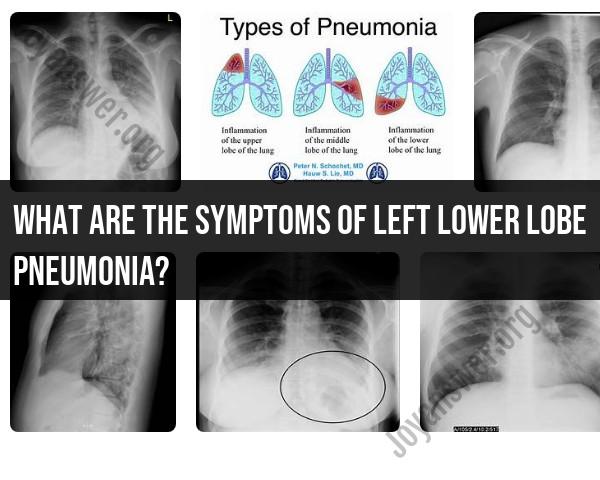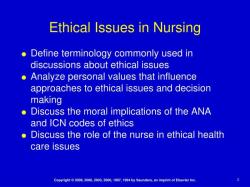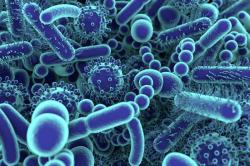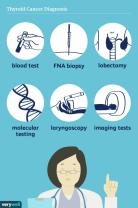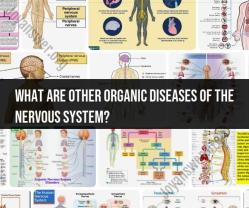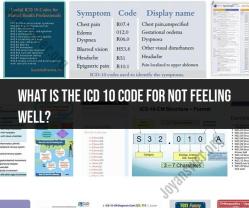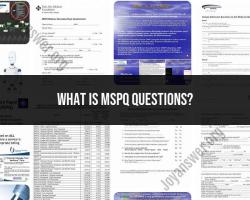What are the symptoms of left lower lobe pneumonia?
Pneumonia is an infection that inflames the air sacs in one or both lungs. Left lower lobe pneumonia specifically refers to pneumonia affecting the left lower lobe of the lung. The symptoms of left lower lobe pneumonia can be similar to those of pneumonia in general, and they may include:
Cough:
- Persistent cough that may produce phlegm or sputum.
Fever:
- Elevated body temperature, often accompanied by chills and sweating.
Shortness of Breath:
- Difficulty breathing or shortness of breath, especially with physical activity.
Chest Pain:
- Chest pain, which may worsen during coughing or breathing deeply.
Fatigue:
- General fatigue and weakness.
Rapid Breathing:
- Rapid breathing or an increased respiratory rate.
Productive Cough:
- Coughing up mucus or phlegm.
Blue Lips or Nails:
- In severe cases, a bluish discoloration of the lips or nails (cyanosis) may occur due to a lack of oxygen.
Decreased Appetite:
- Loss of appetite and, consequently, weight loss.
It's important to note that symptoms can vary in severity, and some individuals may experience only a subset of these symptoms. Additionally, pneumonia symptoms can be more severe in certain populations, such as older adults, young children, and individuals with weakened immune systems.
If left lower lobe pneumonia is suspected, it is crucial to seek medical attention promptly. Diagnosis and treatment typically involve a physical examination, chest X-rays, and possibly laboratory tests. Treatment usually includes antibiotics to target the specific infectious agent causing pneumonia, along with supportive measures to manage symptoms and promote recovery.
This information is not a substitute for professional medical advice, diagnosis, or treatment. If you suspect pneumonia or have concerning symptoms, it's essential to consult with a healthcare provider for an accurate diagnosis and appropriate care.
What are the common symptoms indicating pneumonia in the left lower lobe of the lungs?
Pneumonia is an infection that inflames the air sacs in one or both lungs. The air sacs are tiny pockets that allow oxygen to pass into the bloodstream. When the air sacs are inflamed, they fill with fluid or pus, which can make it difficult to breathe.
Common symptoms of pneumonia
Pneumonia can cause a variety of symptoms, including:
- Cough: The cough may be dry or productive (bringing up mucus or sputum).
- Fever: A fever is a body temperature of 100.4°F (38°C) or higher.
- Chills: Chills are a feeling of cold, even when you are covered with blankets.
- Shortness of breath: Shortness of breath is a feeling of not being able to get enough air.
- Chest pain: Chest pain may worsen when you breathe deeply or cough.
- Fatigue: Fatigue is a feeling of tiredness or weakness that makes it hard to do your usual activities.
- Muscle aches: Muscle aches are pains in your muscles.
- Headache: A headache is a pain in your head.
- Loss of appetite: Loss of appetite is a lack of interest in food.
Symptoms of pneumonia in the left lower lobe
In addition to the common symptoms of pneumonia, people with pneumonia in the left lower lobe may also experience:
- Pain in the left side of the chest: This pain may be worse when you breathe deeply or cough.
- Pleuritic pain: Pleuritic pain is a sharp, stabbing pain in the chest that is caused by inflammation of the pleura, the lining of the lungs and chest wall.
When to see a doctor
If you have any of the symptoms of pneumonia, it is important to see a doctor right away. Early diagnosis and treatment of pneumonia can help prevent serious complications.
Please note that this information is not a substitute for medical advice. If you are concerned about your health, please see a doctor.
